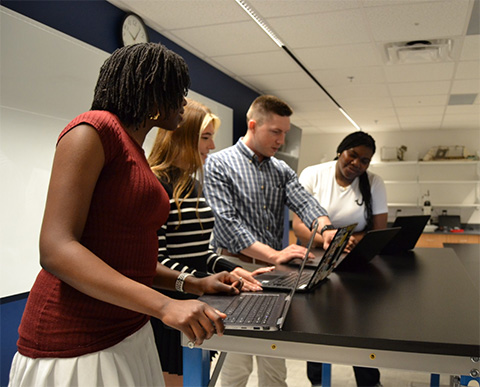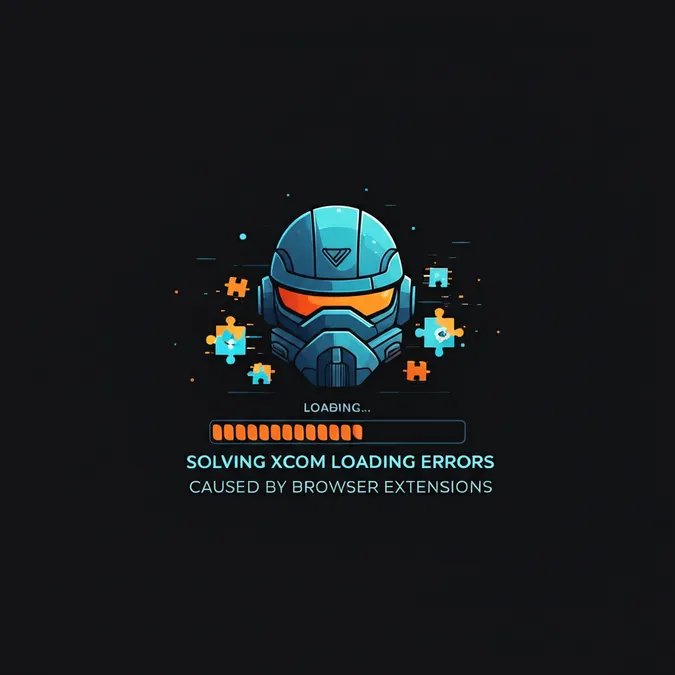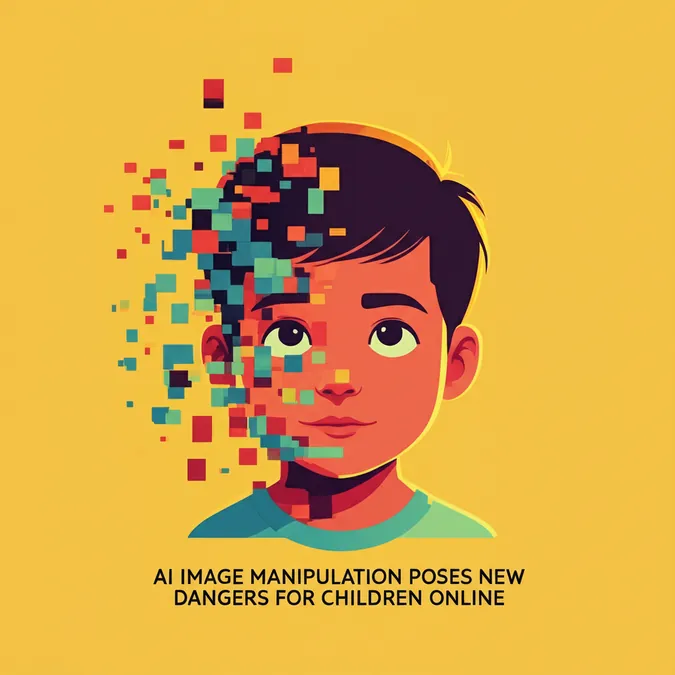Developer Offer
Try ImaginePro API with 50 Free Credits
Build and ship AI-powered visuals with Midjourney, Flux, and more — free credits refresh every month.
A Professors Guide to Using AI in Academia
As a scientist and a teacher, artificial intelligence has fundamentally reshaped my work. Large language models (LLMs) like ChatGPT have not only streamlined my time-consuming tasks but, more importantly, have made me a more effective researcher and educator. By spending less time debugging code or manually drafting practice problems, I now have more bandwidth to pursue new research questions and design active learning exercises for my students.
Revolutionizing Research with AI
In my role as a computational biologist, I regularly use ChatGPT to write and debug bioinformatics pipelines and to translate scripts between different programming languages and operating systems.
Tasks that once consumed hours of my time, like tracking down an error caused by a single stray character, can now be solved in seconds. A simple prompt like, “What is causing the following error in this script?” is often all it takes.
I remember one occasion where, after nearly an hour of fruitless searching, ChatGPT spotted the culprit immediately: an invisible character. Even better, it explained the fix, all within seconds.
 Assistant professor William Mills works with undergraduate students, Oluwaseyi Femi–Falodun, Madison Garcia and Nancy Moluh, in his research group at Mount St. Mary's University this past spring to analyze publicly available sequencing data that may provide insights about how microRNAs regulate cell biology and disease.
Assistant professor William Mills works with undergraduate students, Oluwaseyi Femi–Falodun, Madison Garcia and Nancy Moluh, in his research group at Mount St. Mary's University this past spring to analyze publicly available sequencing data that may provide insights about how microRNAs regulate cell biology and disease.
Transforming the Classroom with ChatGPT
As an instructor, I use ChatGPT to help plan course schedules around holidays, generate diverse problem sets, and create practice exams. Just as important, I teach my students how to use it as a powerful tool for self-directed learning.
For example, I show them how to ask effective questions like, “Can you give me 10 practice problems about transcription and translation?” or “Why is answer choice A incorrect in this question?”
The results have been encouraging. In a bioinformatics course I recently taught, more than half of the students said ChatGPT had been one of the most helpful tools for their learning.
The Scaffolding vs Shortcut Dilemma
Despite its power, I constantly remind my students — and myself — that AI is a tool, not a replacement for the learning process.
Instead of just asking ChatGPT to write code for them, I encourage them to use it as a resource to learn how to code. Rather than demanding a direct answer, they can ask it to explain the reasoning behind correct and incorrect choices, deepening their own understanding.
The Enduring Value of Productive Struggle
When I was in graduate school, tools like ChatGPT didn’t exist. I taught myself to code through long hours of trial and error. I spent many late nights alone in my thesis lab, staring at endless lines of incomprehensible code and wondering if I would ever graduate. That struggle, though slow and frustrating, gave me the solid foundation I still rely on today.
Because I learned coding from the ground up, I can now spot errors in AI-generated code and write precise prompts to improve its output.
However, the rapid rise and near-universal adoption of AI has also created risks. Studies have begun to link LLMs to potential cognitive declines in memory and attention, as well as academic performance and even alterations in brain connectivity.
A Call to Action for Educators
As educators and learners, we must commit to using these tools wisely. We should treat them not as shortcuts, but as scaffolds that support the development of true understanding. Without that critical guidance, I fear students will be tempted by shortcuts that rob them of the personal growth that only comes from the hard process of learning.
I call on all educators to guide students into this new era of learning by showing them both the remarkable capabilities and the clear limitations of this powerful technology.
Compare Plans & Pricing
Find the plan that matches your workload and unlock full access to ImaginePro.
| Plan | Price | Highlights |
|---|---|---|
| Standard | $8 / month |
|
| Premium | $20 / month |
|
Need custom terms? Talk to us to tailor credits, rate limits, or deployment options.
View All Pricing Details

